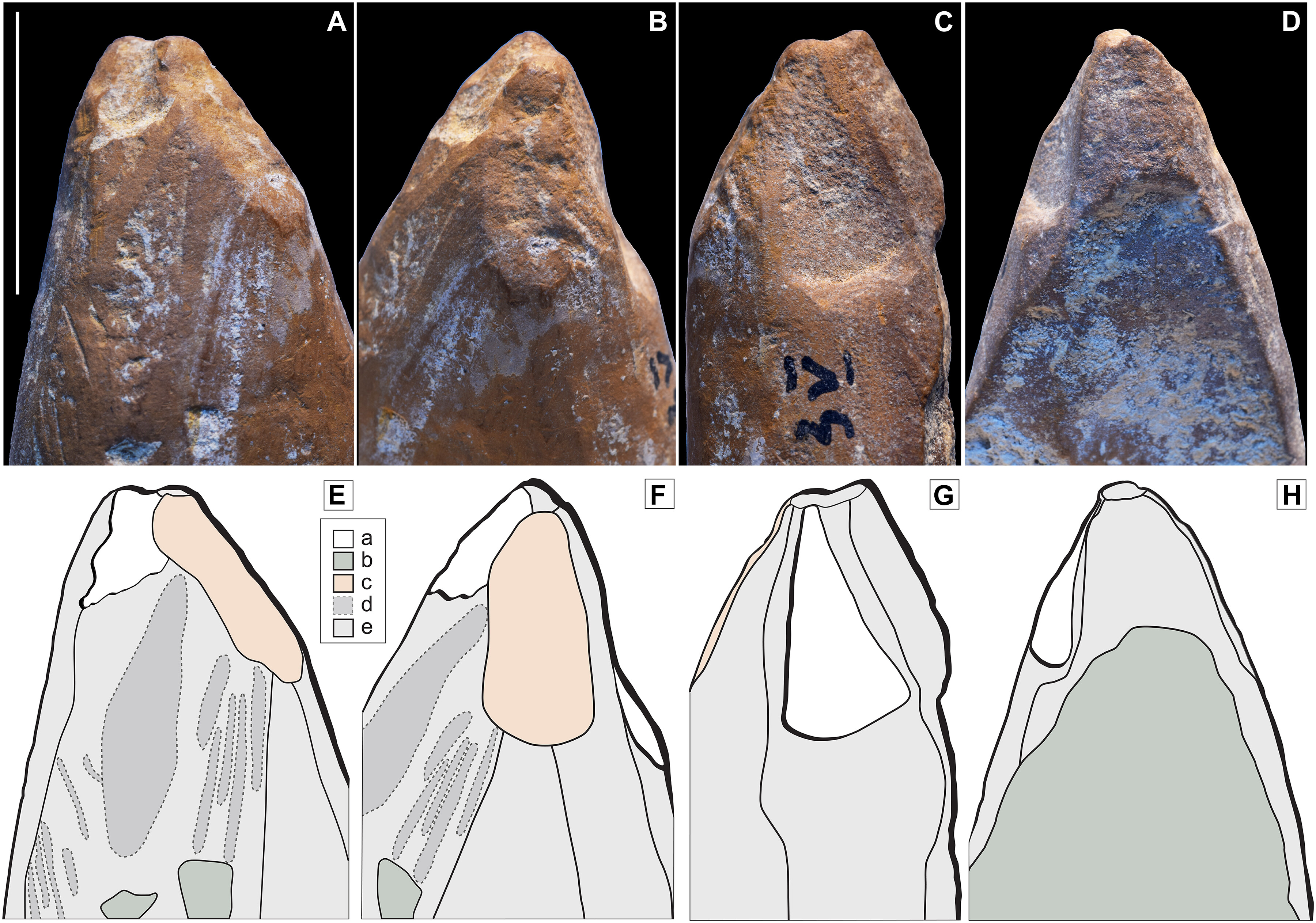The creation of art has historically been thought of as a distinctly Homo sapiens behavior, but the recent discovery of a crayon-like piece of ocher that’s at least 42,000 years old adds to a growing body of evidence suggesting that our Neanderthal cousins also dabbled in a bit of symbolism.
Researchers came to this conclusion after investigating 16 pieces of ocher found in sites in Crimea and mainland Ukraine known to have been occupied by Neanderthals. Using microscopic and chemical analysis, they were able to identify that some of the pieces had been deliberately modified, with techniques “including grinding, scoring, flaking, and scraping.”
That’s all well and good, but how do we know these chunks of ocher were modified for the purposes of art, rather than for some practical use? According to the team, there were three pieces in particular that showed “features exceeding utilitarian use.”
The most exciting is a roughly 4.5-centimeter-long, 1.2-centimeter-thick (1.8 and 0.5-inch) fragment of yellow ocher that was “fully-shaped into a crayon-like tool with a pointed morphology”, with marks suggesting that it was periodically resharpened to maintain its point, and signs of wear from “contact with a surface under applied pressure.”

These illustrations show the marks made on the ocher piece that indicate use as a drawing tool.
All of this, the authors conclude, suggests that the piece of ocher “appears to have functioned as a marking tool, akin [to] a pencil, used to produce lines on a surface. The combination of shaping, maintenance, and wear traces underscores its curated nature and sustained utility as an instrument for drawing or marking.”
“It was a tool that had been curated and reshaped several times, which makes it very special,” study author Francesco d’Errico told New Scientist. D’Errico and colleagues propose that it may have been used specifically to mark skin, clothing, bags, or stone.
The other two finds that showed signs of symbolic use included a red ocher fragment that the researchers believe to have once been part of a larger chunk that was also shaped like a crayon, and a flat, orange ocher fragment with what appears to be deliberately made grooves and signs of being smoothed and polished.
“Interpretive caution is, of course, warranted when evaluating the use of mineral colorants, given their multifunctionality,” the team acknowledges, but they argue that “the deliberate shaping and reuse of crayons, the engraved motifs, and the evidence for curated tools collectively support the conclusion that at least some ochre materials were involved in symbolic activities.”
“These objects and the markings they produced likely played roles in communication, identity expression, and intergenerational knowledge transmission. The curated nature of the ochre fragments further supports this interpretation, suggesting that they were preserved, transported, and reused—behaviors that reflect both planning and cultural investment,” they add.
Far from the now-outdated stereotype of Neanderthals as unintelligent and without culture, the study’s findings add further weight to the idea that the species was capable of symbolic expression. It’s not the only evidence either; the world’s oldest cave engravings are thought to have been Neanderthal in origin, as is an iconic prehistoric hand print craze.
The study is published in Science Advances.
Source Link: 42,000-Year-Old Yellow Crayon Suggests Neanderthals Created Art – And It’s Still Sharp Too